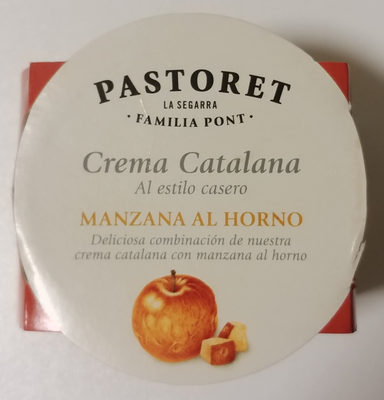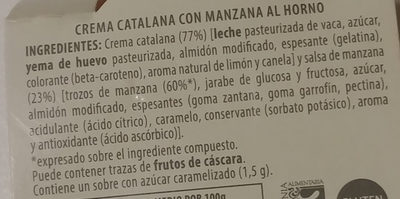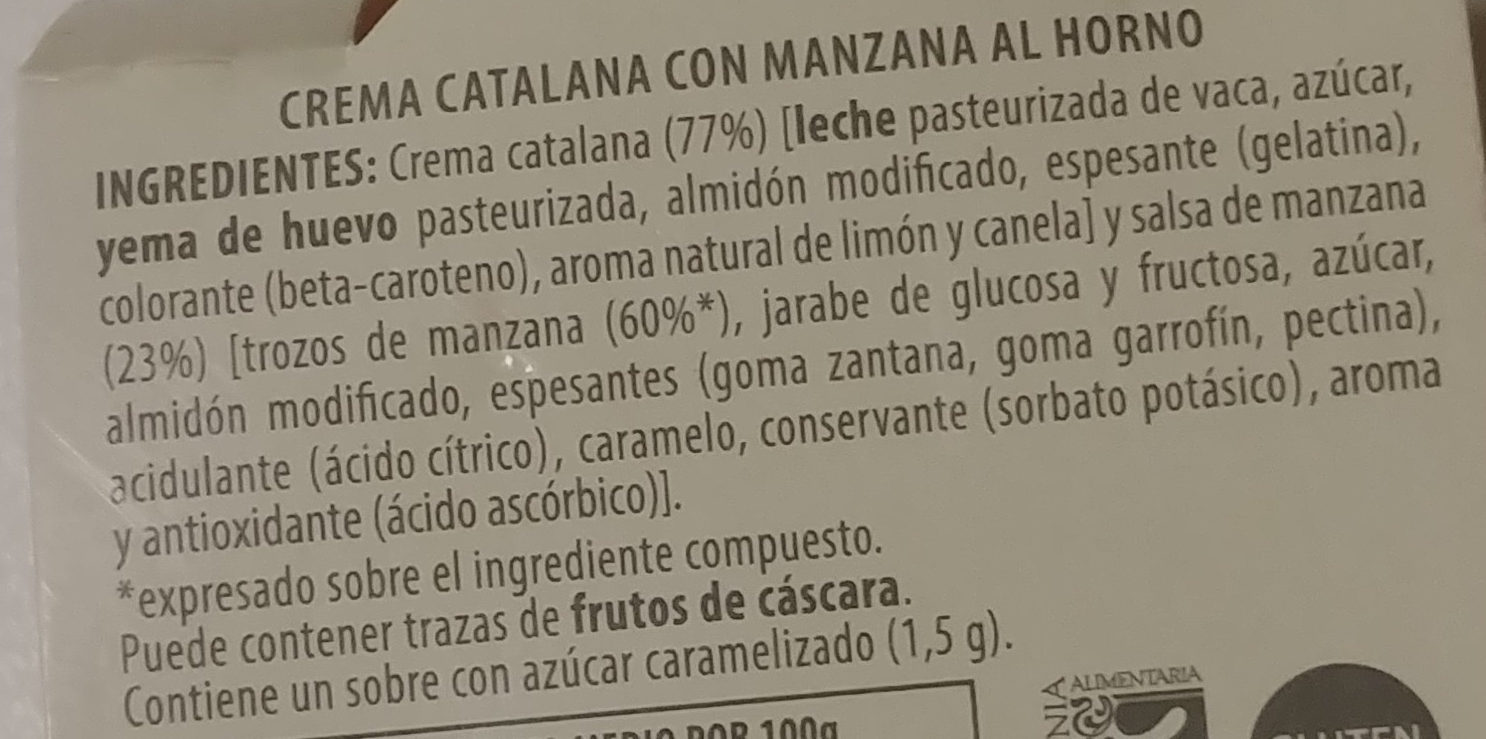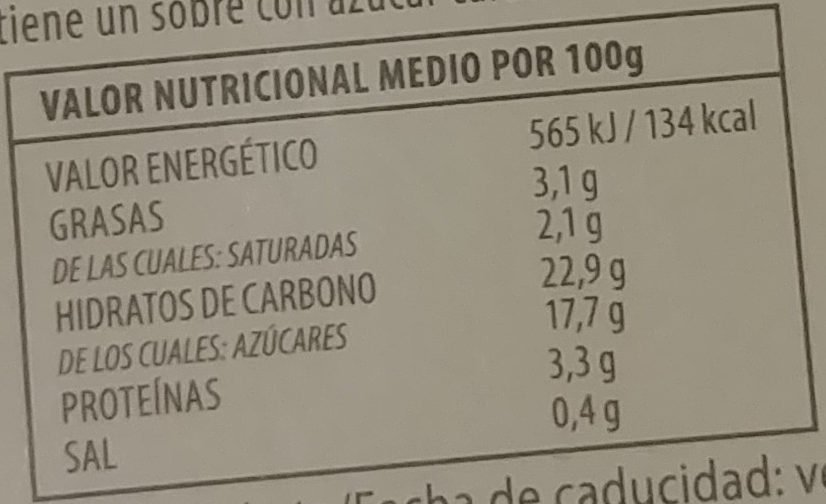Crema catalana al estilo casero con manzana al horno - Pastoret - 150 g
This product page is not complete. You can help to complete it by editing it and adding more data from the photos we have, or by taking more photos using the app for Android or iPhone/iPad. Thank you!
×
Barra-kodea: 8424790150028 (EAN / EAN-13)
Izen arrunta: Crema catalana con manzana
Kopurua: 150 g
Markak: Pastoret
Kategoriak: Esneki, en:Desserts, en:Dairy desserts, en:Puddings, en:Crema catalana
Etiketak, ziurtagiriak, sariak: Fair trade, en:No gluten, en:Organic, en:Fair-Trade Organic
Manufacturing or processing places: LLeida (provincia), España
Traceability code: ES 15.01204/L CE
Link to the product page on the official site of the producer: https://pastoret.com/product/crema-catal...
Dendak: Carrefour
Saltzen diren herrialdeak: Espainia
Matching with your preferences
Ingurumena
Ontziratzea
Transportation
Report a problem
Datuen iturria
Product added on by maylord
Last edit of product page on by packbot.
Produktuaren orria -gatik editatua kiliweb, moon-rabbit, musarana, openfoodfacts-contributors, yuka.VFpnbUVvc2V1OU1ibGZjMTJpbnR4OTV2L0pqMFgwaUlEY2hQSUE9PQ.










